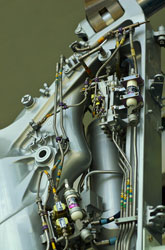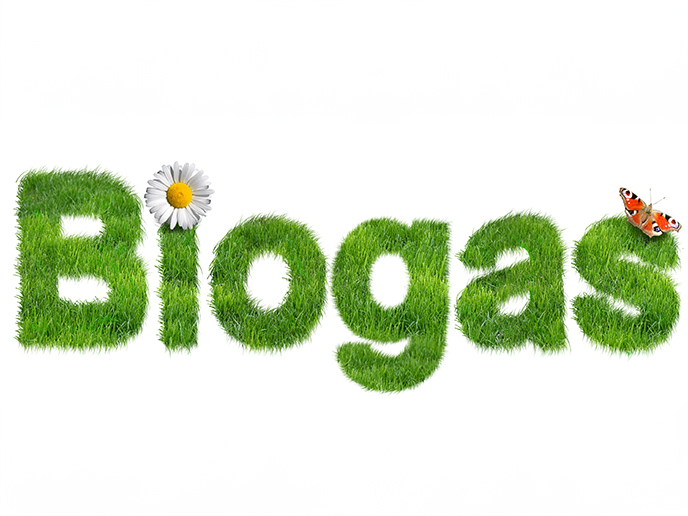New formula magnesium coatings
Magnesium as an industrial metal has huge potential as it is a low-density high-strength material which is easy to machine. As such, it is used in the automotive and aerospace industries where speed and strength need to be combined. One of the disadvantages of magnesium is that it is relatively reactive and is therefore prone to corrosion. Its main industrial competitor, aluminium is less reactive. As a result, manufacturers and researchers have endeavoured to develop coatings to protect magnesium alloys from the ravages of corrosion. NANOMAG, an EC funded project aimed to produce new corrosion and abrasion resistant coatings to protect magnesium parts. Traditional methods, although economical, have the inherent disadvantage of producing toxic pollutants such as chromates. The objectives also embraced the aim of producing protective layers that were eco-friendly and economical. Partners from the corporate research centre at EADS Deutschland GmbH in Germany worked on a range of coatings for different alloys. The technique of low pressure plasma-enhanced chemical vapour deposition (PE-CVD) was applied to cast alloys, in particular to the magnesium alloy AZ 31. The coatings used had ceramic properties and were based on a variety of compounds, for example, silica or SiO2. This coating was found to be especially useful for surfaces with low roughness that have been machined and polished. Successful performance of the coating depended on alloy type and its surface topography. Other techniques put under trial were application by plasma discharge in a liquid electrolyte, PAPVD or plasma assisted physical vapour deposition and the thermal spray process. The thermal spray process is a technology that can be used to solve challenging surface engineering and material problems. The thermal spray technique produces a coating by a process in which molten or semi-molten particles are applied by impact onto a substrate. Ironing out the disadvantages of magnesium may mean that manufacturers will be more inclined to include it in processes when a light metal is required. Magnesium has many eco-friendly properties. For example, magnesium requires lower energy input for recycling. Wider use of magnesium parts in the automotive and aerospace industries will also be likely to lead to lower fuel consumption with consequent lower CO2 emissions.







